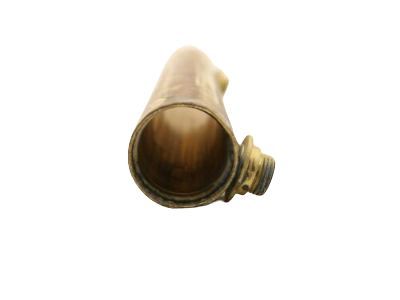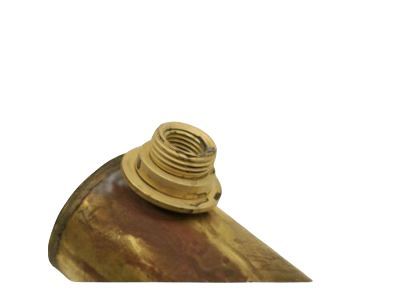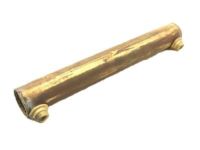

My Garage
My Account
Cart
Genuine Ford Bronco II Oil Cooler
Engine Oil Cooler- Select Vehicle by Model
- Select Vehicle by VIN
Select Vehicle by Model
orMake
Model
Year
Select Vehicle by VIN
For the most accurate results, select vehicle by your VIN (Vehicle Identification Number).
1 Oil Cooler found
Ford Bronco II Oil Cooler
Oil Cooleris one of those elements that are installed in Ford Bronco II cars and whose function is to control the temperature of the used engine oil, which should not be high to maintain viscosity and reliability when used. These coolers are connected into the car cooling system and they use oil-to-water cooling which helps the oil to warm up and also helps in preventing over heating of the engine. It is also important to realize that over the years Ford Bronco II models could have incorporated different styles of Oil Coolers mainly oriented on high load conditions such as towing or driving in high ambient temperatures. Although coolers that are fitted in the factory are efficient, they may be blocked or rust but this will lead to some failure. You can get considerably reliable and higher performing Oil Cooler kits to enhance the temperature control of the Ford Bronco II engines and, thereby, increase their life expectancy.
We provide a wide range of Ford Bronco II Oil Cooler at the best prices possible. If you need Ford Bronco II Oil Cooler, you can shop with confidence on our website. All our OEM parts come with a manufacturer's warranty and are delivered to your door step with a fast delivery service.
Ford Bronco II Oil Cooler Parts Questions & Experts Answers
- Q: What are the benefits of using aftermarket engine oil coolers and automatic transmission coolers for towing on Ford Bronco II?A:Aftermarket engine oil coolers are useful in increasing the lifespan of the engine oil and also in reducing the general operating temperatures of the engines. Although they are not required for towing any Class I and some of the Class II trailers, they are recommended for Class II with higher weight and all the Class III trailers. Some of the parts that constitute the engine oil cooler systems include, an adapter that replaces the oil filter, remote filter mounting, multi-lube, finned heat exchanger located in front of the radiator or air conditioning condenser. As for the trailer towing, an automatic transmission type is also rather popular because of its high reliability and rather simple control. But towing raises the temperature of the automatic transmission fluid, which is not good for the transmission. Hence, it is necessary to install an automatic transmission cooler. This cooler, which is made up of multi-tube finned heat exchanger, is normally mounted ahead of the radiator or the air conditioning compressor, and connected in-line with the inlet line of the transmission cooler tank. Capacity of the cooler must be enough to provide enough air flow for cooling based gross weights of the vehicle and trailer; also additional aftermarket cooling cooler is advised to be installed together with standard radiator cooling tank. When deciding to replace only the radiator cooling tank, a cooler that is twice larger than would be expected should be chosen. Further, a transmission cooler may occasionally result in gear progressing slowly or roughly at low temperatures, and until the liquid warms up to the normal working temperature; some models have a thermally controlled bypass valve that controls fluid circulation depending on its temperature.















